
I love a push-up. It’s a functional compound bodyweight exercise mimicking natural day-to-day movement while strengthening your pecs, shoulders, and triceps and building a stronger core. But it’s a tough exercise to master and requires good form and a degree of existing core strength to maximize gains and prevent nasty injuries.
Some common mistakes include flared elbows, leading with your hips, limited range of motion and misplaced hands that add strain on your shoulders and back. This trick will help you master a push-up, but if you’ve nailed how to do a push-up already, it could be time to revamp your chest day workout with these clever alternatives.
These five variations target the same muscles and build your upper body strength while providing plenty of challenge for push-up pros seeking a chest day pep up. Check out what happened when our fitness editor tried Hugh Jackman's Wolverine workout, and try this killer full-body dumbbell workout to build strength, or read on for these top-rated push-up variations.
Push-up variations to try
Handstand push-up
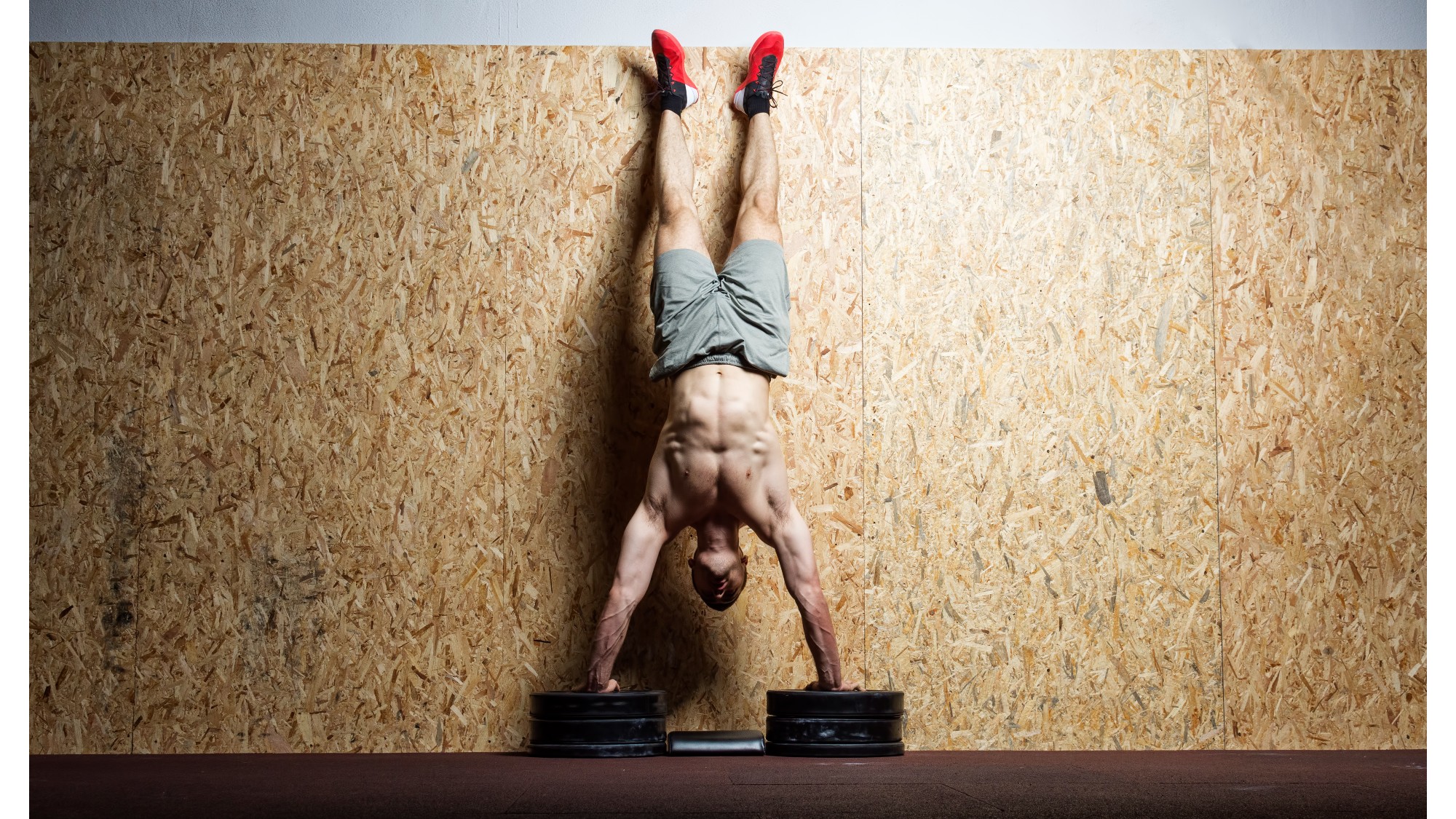
A CrossFit favorite, the less-than-humble handstand push-up is the ultimate upside-down alternative for stronger shoulders. This variation recruits muscles throughout your body but mainly targets your shoulders, triceps, core, and back (namely, your trapezius muscles) and is guaranteed to pack power and elevate push-up prowess.
How to do a handstand push-up:
Facing a wall, place your hands on the ground close to the wall, and spread your fingers to improve balance. Kick up into a handstand, creating a soft banana shape from head to toe without overextending your lower back. Bend your elbows, lower your head to the ground, then push back up to your starting position.
Diamond push-up
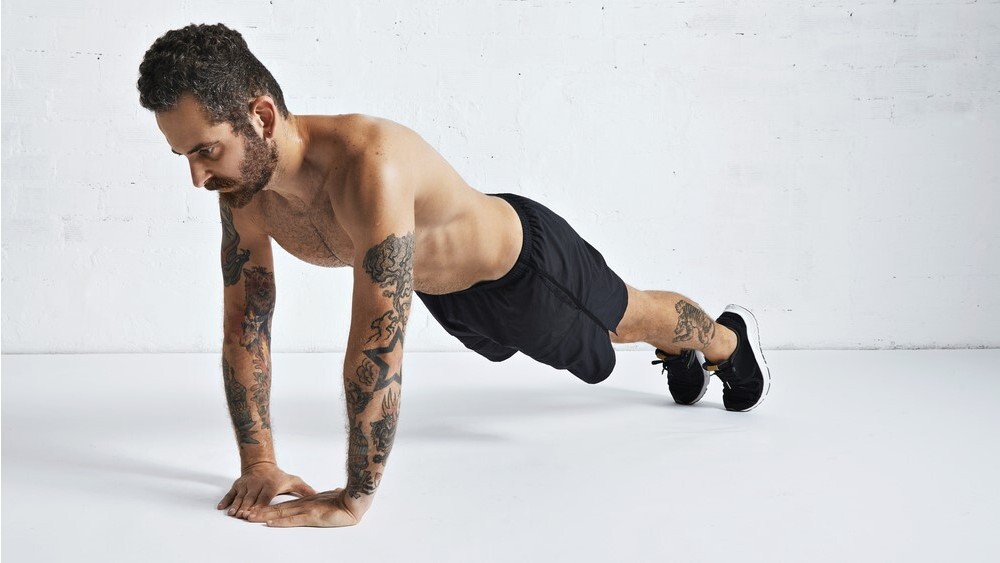
The diamond push-up is a top-tier tricep targeter This push-up variation works your anterior deltoids (front shoulder muscles) and pecs with an emphasis on your triceps, using a diamond-shaped hand placement. Your triceps assist with multitudes of exercises, including pull-ups and the tricky military press. Building tricep strength could therefore improve your lifts.
How to do a diamond push-up:
Create a diamond shape with your hands (index fingers and thumbs touching) and start in a push-up position with hands under your chest. Perform a push-up by bending your elbows and lowering your chest to the floor, ensuring your elbows don’t flare to the sides and hips don’t drop, then push back up to your starting position.
Get instant access to breaking news, the hottest reviews, great deals and helpful tips.
Archer push-up
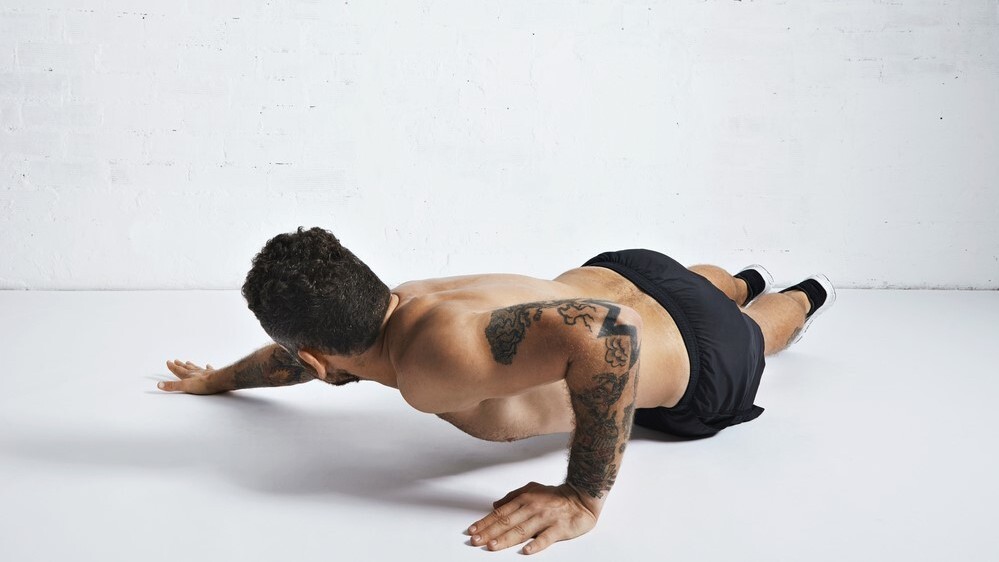
The archer push-up is a great bridging exercise between a single-arm push-up and a regular push-up, placing greater emphasis on one side of the body to build strength and stability in your shoulder, arm, and pec. This exercise also builds balance, stability and coordination, helping to correct muscular imbalances without your weaker side picking up the slack (a common issue with barbell workouts) using unilateral training. The unstable environment also requires more core stabilization to control movement.
How to do an archer push-up:
Start in a push-up position, then step your right hand out slightly wider and ground down for extra grip. Engage your core, glutes, and thighs, maintaining a straight line from head to toe without your hips sagging. Pull your shoulders back and down, bend through your right elbow while keeping it tucked in (remember, no flaring) and lower your chest to the floor while extending your left arm to the side. As you push back up, slide your ‘dormant’ arm back in. Switch sides.
Alligator push-up
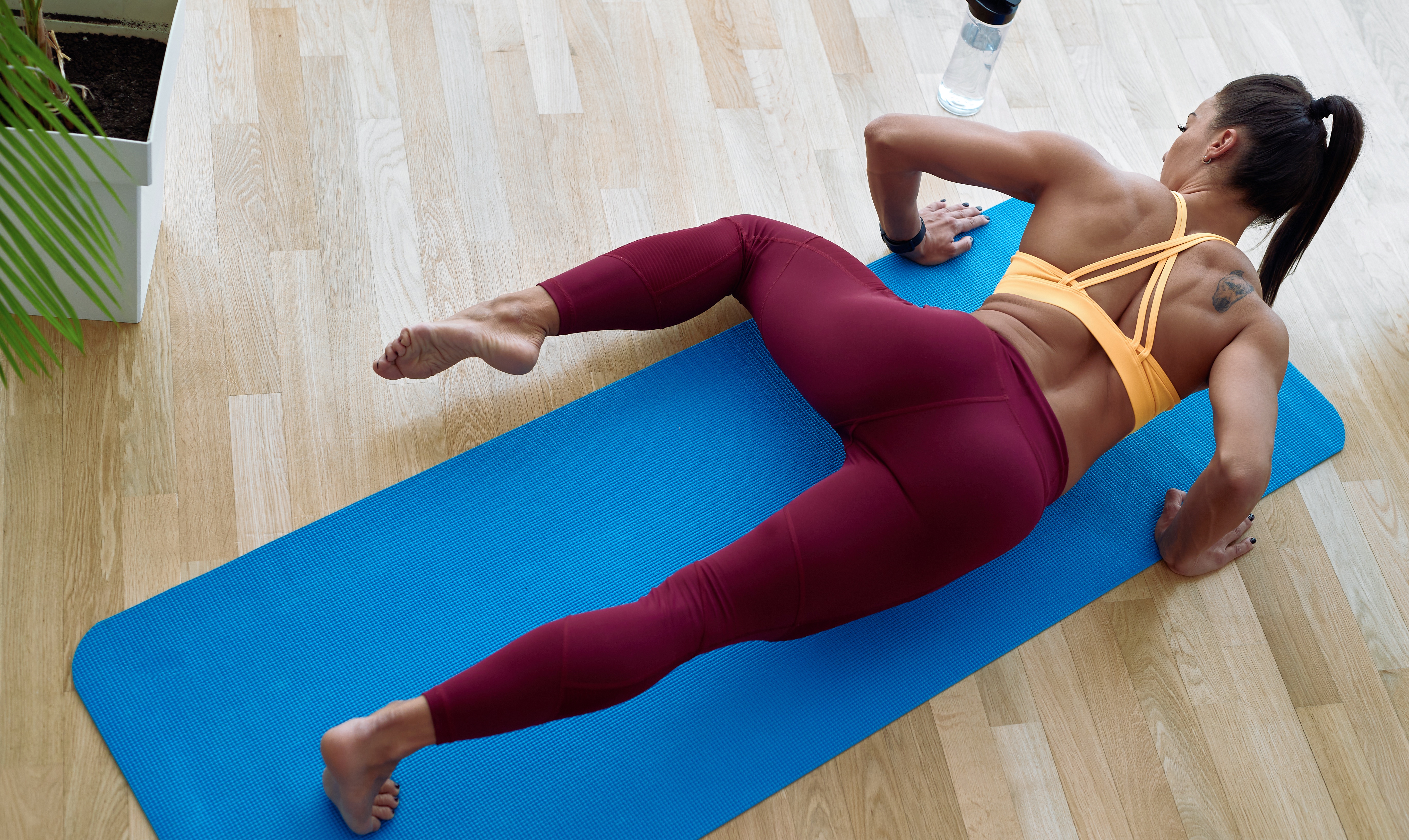
Alligator push-ups are feared for good reason. This spicy strength exercise can double up as a cardio endurance exercise when performed with speed and works almost your entire body, including your chest, shoulders, arms, core and legs. Performing alligator push-ups can also improve hip flexor flexibility alongside providing a serious sweat.
How to do an alligator push-up:
Start in a push-up position with your core engaged (imagine bracing to receive a punch). Walk your left arm slightly forwards while simultaneously drawing your right knee towards your right elbow as you perform a push-up (chest to floor). As you push back up, walk your right hand and left knee forwards, continuing for reps.
Deficit negative push-up
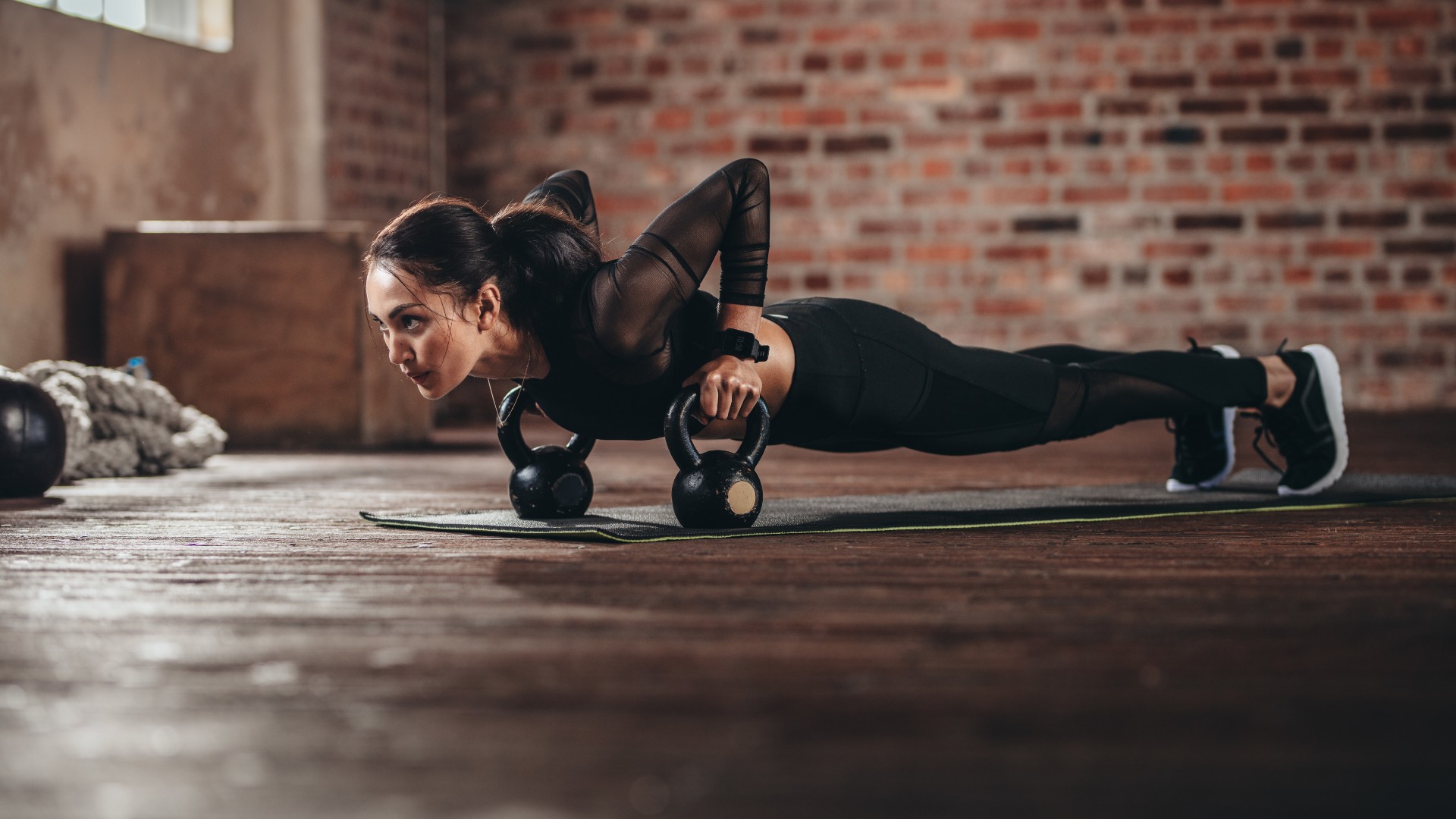
This variation uses two approaches — a deficit to increase your range of motion at the bottom of the push-up and a negative known as time under tension (TUT) to hold your muscles under contraction for longer. Both are push-up progressions designed to build muscle and strength.
During the eccentric (lowering) phase of the push-up, move slowly with control — working your muscles for longer — then push up quickly with power. You can create a deficit by elevating your hands using equipment like kettlebells, which allows you to increase your range of motion at the bottom of the exercise, requiring more strength and mobility.
How to do an elevated negative push-up:
Start in a push-up position with your hands raised on two weights or feet elevated behind you and shoulders stacked over your wrists. Maintain a straight line from head to toe. Bend your elbows and perform a push-up, lowering for four seconds with a pause at the bottom. Push back up to your starting position. Try to get your chest as close to the ground as possible each rep.
Not sure what to try next? Elevate back and shoulder day by learning how to do lateral pulldowns and how to do an Arnold press properly. Plus, Daisy Keech shared her top 3 exercises for building your glutes. Check out what happened when I did Jessica Alba’s full-body workout.

Sam Hopes is a level 3 qualified trainer, a level 2 Reiki practitioner and fitness editor at Tom's Guide. She is also currently undertaking her Yoga For Athletes training course.
Sam has written for various fitness brands and websites over the years and has experience across brands at Future, such as Live Science, Fit&Well, Coach, and T3.
Having coached at fitness studios like F45 and Virgin Active and personal trained, Sam now primarily teaches outdoor bootcamps, bodyweight, calisthenics and kettlebells.
She also coaches mobility and flexibility classes several times a week and believes that true strength comes from a holistic approach to training your body.
Sam has completed two mixed doubles Hyrox competitions in London and the Netherlands and finished her first doubles attempt in 1:11.
